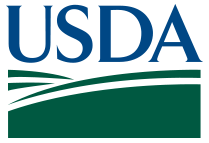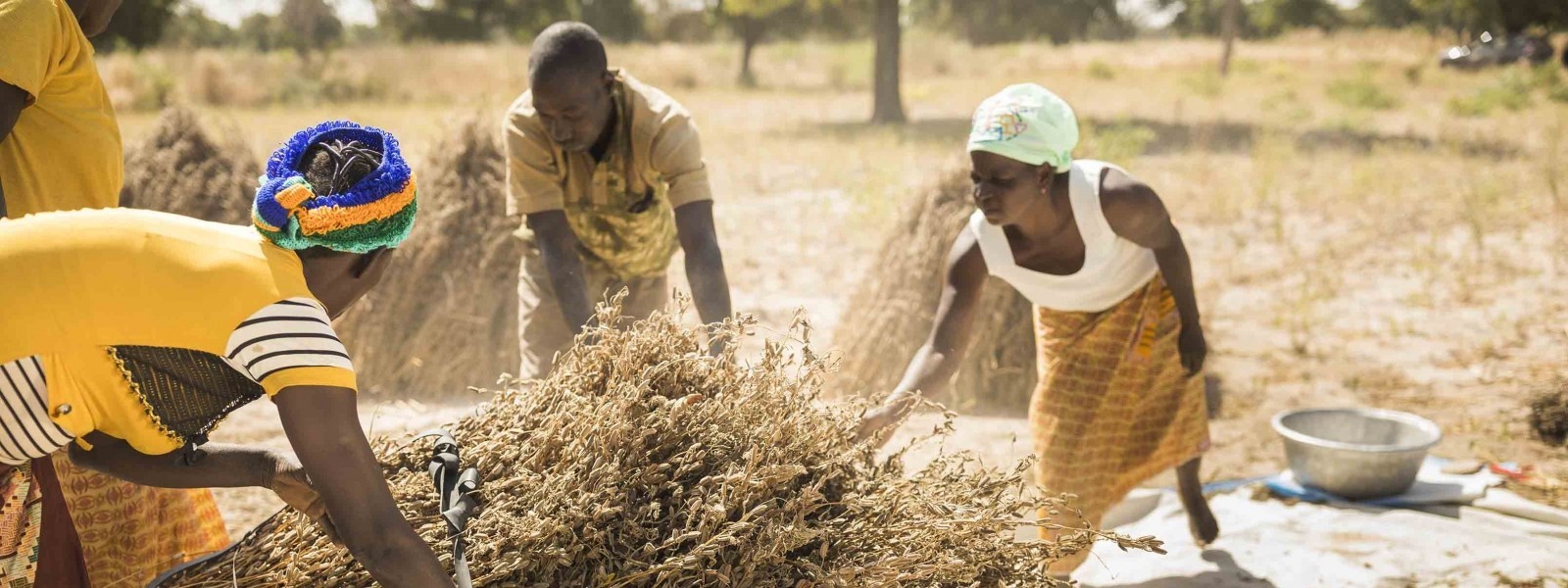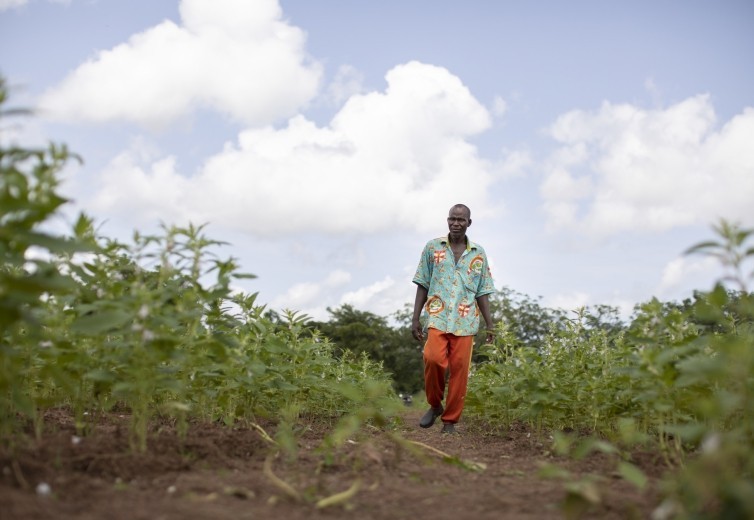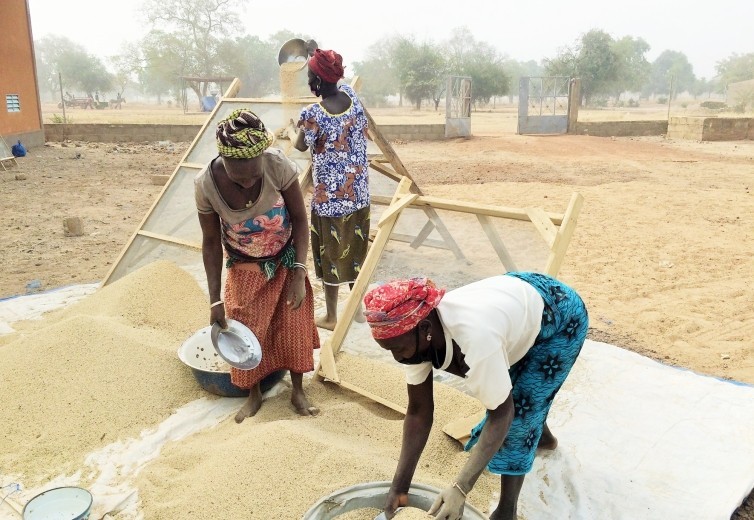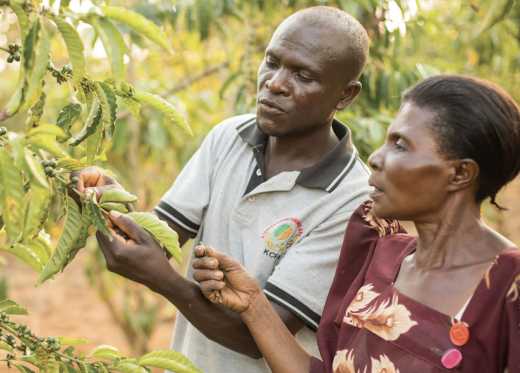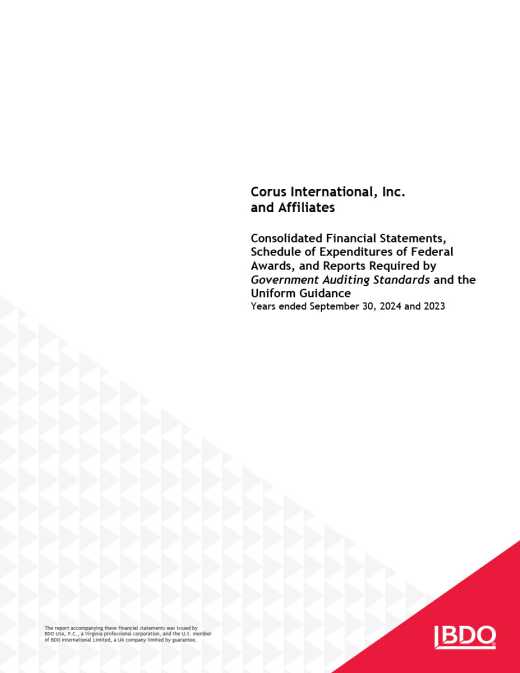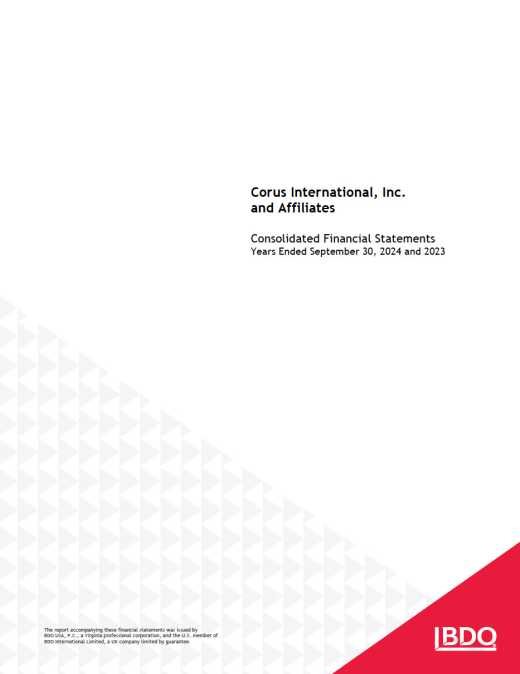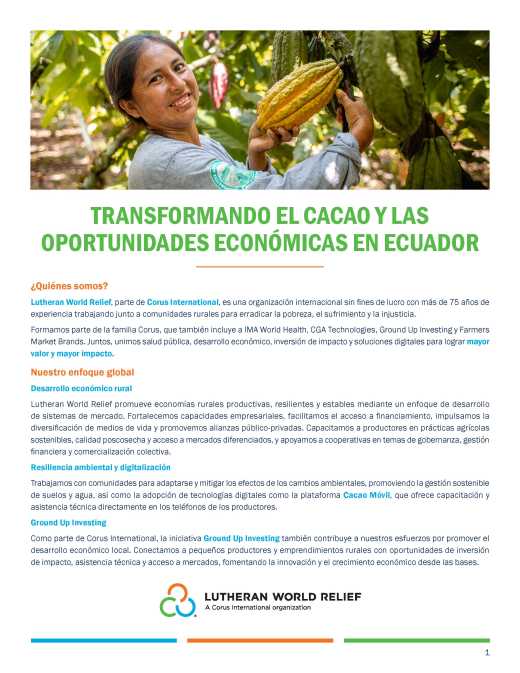In Burkina Faso — where four of five adults work in agriculture — we’re turning the nation’s burgeoning sesame industry into a life-changing opportunity for nearly 100,000 struggling families.
Sesame — highly valued for its seeds and oil — is one of Burkina Faso’s most important exports. But many small-scale producers are not benefitting from the lucrative international market because they are not growing large enough volumes of high-quality sesame and are not well-connected to buyers.
Lutheran World Relief knows that investments in agriculture-centered development create tremendous opportunity to sustainably accelerate the growth of rural economies. Through the U.S. Department of Agriculture-funded Sesame Marketing and Exports (SESAME) project, we’re applying our enterprise-based approach to development to help farming families get the most out of the sesame supply chain.
Expert training for farmers
We’re providing farmers with hands-on instruction from sesame cultivation experts. Known as producer enterprise agents (PEA), they visit farmers on their land and show them how to prepare their soil and plant, fertilize, harvest and store their sesame crop.
Making the most of smartphone technology
We’re partnering with mobile technology company TaroWorks to connect farmers with the most up-to-date information about sesame cultivation.
The PEAs use smartphones equipped with a custom-developed app to aid in the farmer training sessions and collect data about farmers’ progress, which is used for monitoring and evaluation, and to predict the volume of the coming harvest and negotiate contracts with buyers.
Strengthening the capacities of sesame producing organizations
We’re providing cooperatives with high-quality seeds to distribute to their members that have a shorter growing cycle, making them less susceptible to the long dry spells that have become routine in Burkina Faso.
We’re making sure cooperatives have access to the best equipment, so farmers are able to properly clean and sort their sesame. We’re also constructing warehouses for safe storage of sesame. Improved post-harvest handling leads to better quality sesame, and collective storage — or bulking — is appealing to buyers because it lowers their cost of doing business. Buyers don’t have to spend as much collecting sesame from individual farmers and they are then willing to pay more for sesame.
Creating relationships, transparency and trust along the entire sesame supply chain
We’re organizing trade fairs and regular networking meetings to better connect farmers and cooperatives with buyers and pertinent government officials. The regular interactions are leading to better, more consistent and transparent pricing. Buyer contracts with cooperatives are communicated to individual farmers, so they know exactly what price they’ll get for their sesame.
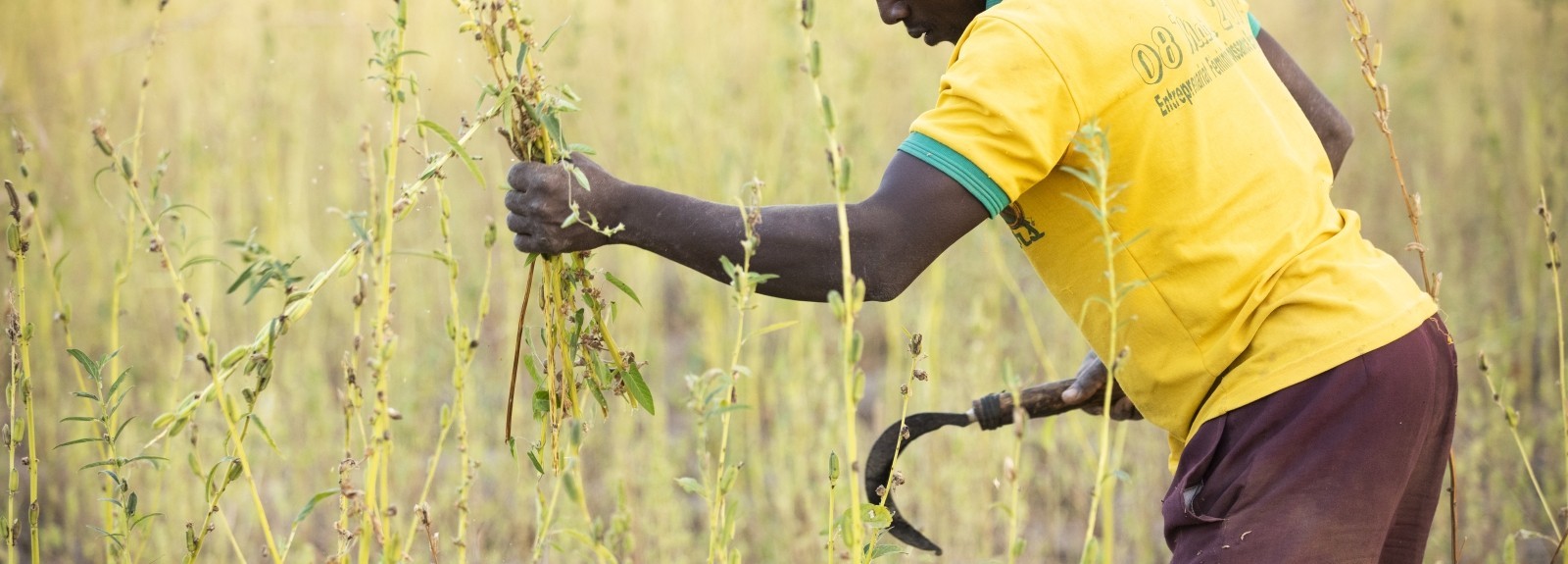
Access to financing
Financial institutions, including Ecobank, are recognizing the success of farmers and cooperatives and are issuing credit so cooperatives can invest in productivity, farm management and trade finance. We’re working with cooperatives to ensure they are keeping accurate budgets and creating business plans.
Impacting thousands and expanding an industry
Through the Sesame Marketing and Exports (SESAME) project, we will reach more than 500,000 people directly and indirectly, and more than 353,000 metric tons of sesame will be sold to exporters.
This project is funded by the USDA/Foreign Agricultural Service’s Food for Progress program.
